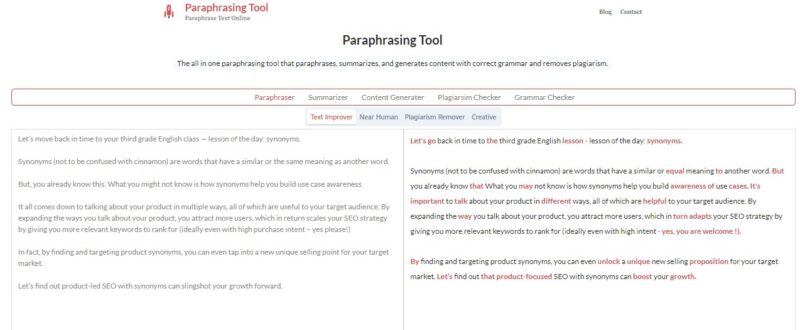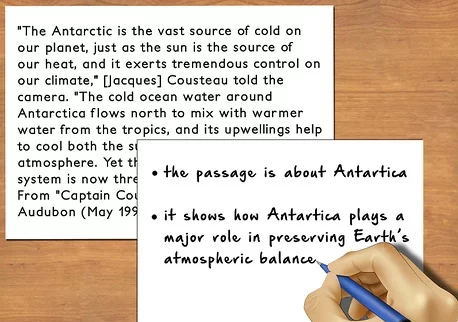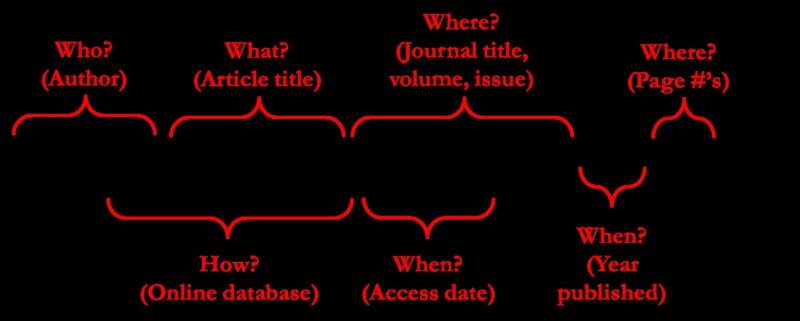When writing a literature review, you need to use the most effective methods to avoid plagiarism. There are several things you can do to avoid plagiarism, including paraphrasing, using your own words, and citing sources.
Hopefully, these tips will help you in writing a plagiarism-free literature review. Read on to learn more about these strategies.
Best Ways to Avoid Plagiarism
1. Paraphrasing
One of the most important things to remember when writing a literature review is to never use a work by another author.
The literature review is not a mere summary of previous research. It should go beyond the descriptions of all relevant works and incorporate existing research into your own work.

To do so, you need to use only sources that are relevant to the topic at hand. Here are some tips for writing an effective literature review. You should use reputable sources for the content in your literature review.
The best way to paraphrase a piece of writing is to use synonyms for the words in the original work. Using Microsoft Word, you can highlight the phrase in question and then select synonyms. Then, substitute the phrase in the original work with the paraphrased version.
The final part of the original sentence can become the first sentence of the literature review. It is crucial to keep in mind that paraphrasing is more than just swapping a few phrases.
Rephrasing using Online Tools
Rephrasing means writing down the same information but without the original author’s work. When paraphrasing, make sure to reference the source and double check for errors.
If paraphrasing is not possible, use quotation marks instead. In some instances, a citation will suffice.
You can also use an online Paraphraser which can easily help you paraphrase the text within seconds with better accuracy. The online tool will automatically rephrase and make your literature plagiarism-free.

There are some online tools that are developed using Artificial Intelligence and Machine Learning. This way, the tools not only change the words but also improves the sentence structure hence making sentences more readable.
2. Writing your own words
While referencing previous works is fine, using paraphrased text is not recommended in all the cases. Instead, use your own words and cite the original sources.
Whenever possible, use your own words and avoid plagiarism in literature reviews. If you’ve seen a study that you believe is an example of plagiarism, cite it in the body of your literature review. This will help your readers see the original work and avoid the pitfalls of plagiarism.

When paraphrasing a sentence, use synonyms instead of the original wording. When using a phrase from a source, make sure you put quotation marks around it. This way, you avoid copying the flow of the original text.
However, it’s important to keep in mind that paraphrasing is more than swapping a few phrases.
3. Citing sources
When you use a piece of information for your own research, citing sources is important. It gives credit to the creators of original information resources. It also helps your reader find the information and assess its validity.
Here are some helpful tips for citing sources
- Using the proper format when citing sources will ensure the reader gets the credit they deserve. Listed below are the different rules of citation for your literature review.
- When citing sources, include all parts of the source. It can be in text form or in the form of a graphic, illustration, table, or chart. The words used in the source should be put in quotation marks.
- It is advisable to consult a current style manual for the correct formatting of your citations.
These manuals can be found at most reference desks and on the internet. They may contain helpful tips for avoiding plagiarism.
While surveying previously published work is acceptable, you should not copy the text without properly citing the original work. This is particularly important in the literature review section, as this is where most plagiarism occurs. It is a good idea to read the original work carefully, take detailed notes, and then pull out the relevant quotations and in-text citations. Make sure to cite all your sources, including your own.

Academics know that it is against the law to copy the work of others. They know that they are not allowed to copy and paste from other articles, and that copying and pasting information from other sources is considered plagiarism. So, if you are researching any topic, always be sure to cite your sources properly.
The guidelines for citing sources are helpful for both students and professionals. If you are writing a literature review, cite it correctly so it will be accepted as a valid contribution to the scientific community.
Best Way to Cite for avoiding Plagiarism
To avoid plagiarism in your literature review, use APA style guidelines for citations. APA 7th edition guidelines require that in-text citations include the author’s last name and publication year.
Using APA style requires page numbers when directly quoting a source’s work. Also, you must include the page number, if it is relevant. This is important because ideas can be stolen from sources.



